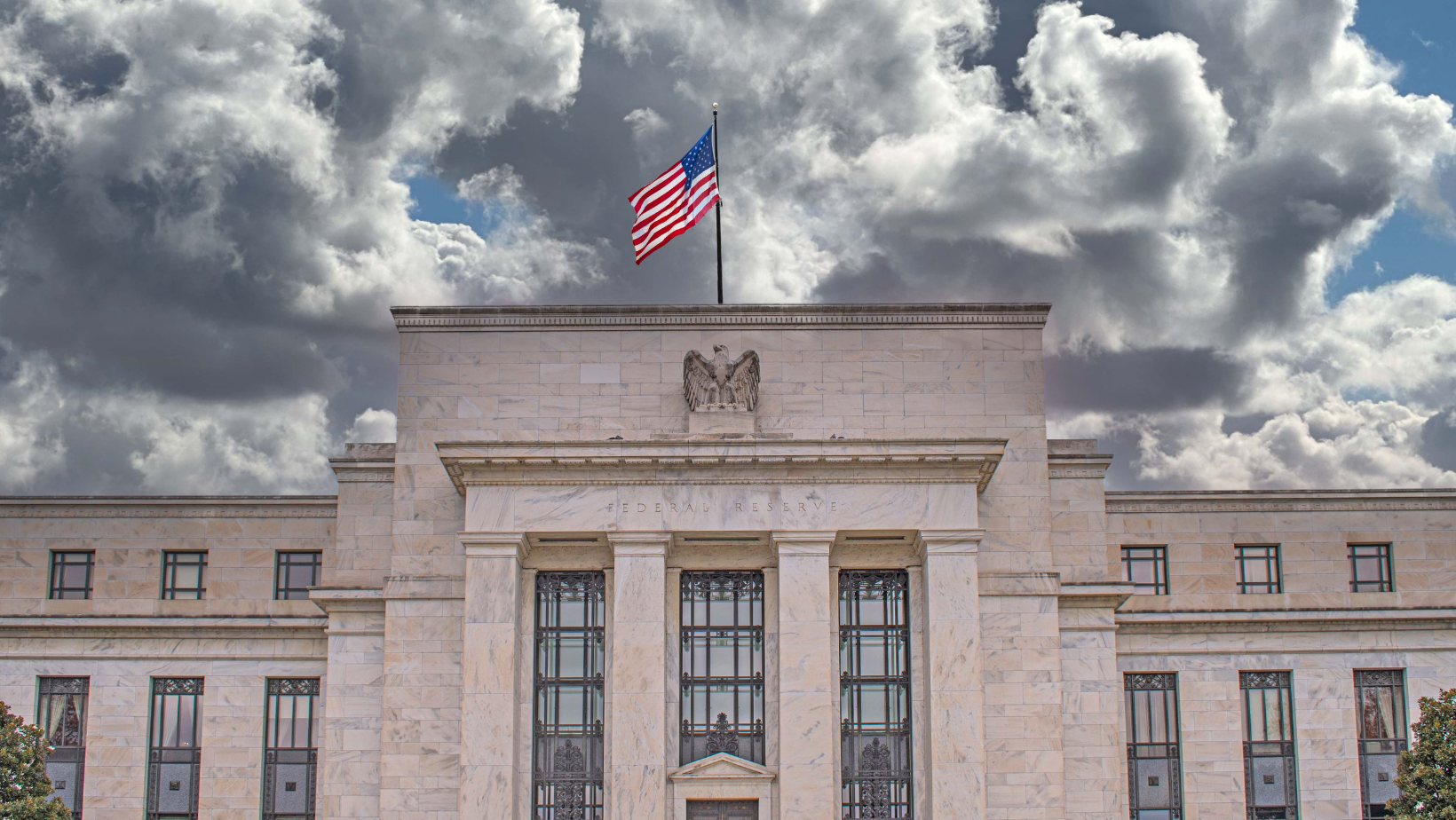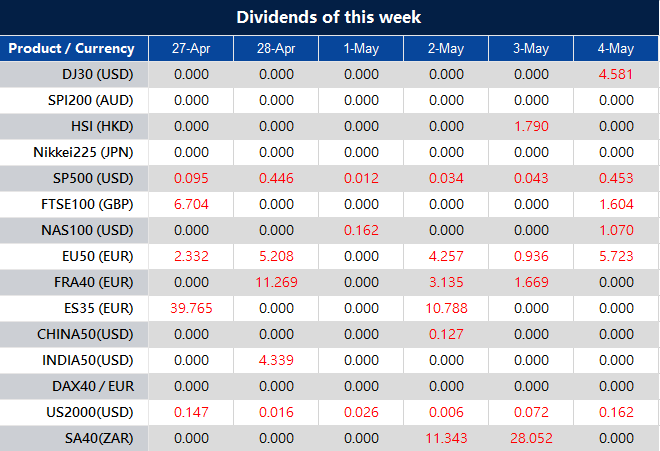What is the U.S Federal Interest Rates
The Federal Reserve (Fed) sets the interest rates that banks charge each other for short-term loans, known as the federal funds rate. The federal funds rate is the benchmark for other interest rates, such as mortgage rates, credit card rates, and car loan rates. The Fed has two primary tools for controlling interest rates: open market operations and the discount rate. Open market operations involve buying and selling Treasury securities in the open market to influence the supply of money in the economy. The discount rate is the rate at which banks can borrow money directly from the Federal Reserve.
5 ways Federal Interest Rates affect your money
Interest rates have a significant impact on the economy, and changes in interest rates can affect consumers in many ways:
Mortgages: When the Federal Reserve raises interest rates, mortgage rates tend to increase, which can make it more difficult for people to buy homes.
Credit Cards: Credit card companies typically charge variable interest rates, which are often tied to the prime rate. When the Federal Reserve raises interest rates, the prime rate increases, and credit card rates follow.
Car Loans: When interest rates rise, car loan rates tend to follow. This can make it more expensive to finance a car.
Savings Accounts: When interest rates rise, savings account rates tend to increase as well. This can be good news for savers, as they can earn more interest on their savings.
Inflation: The Federal Reserve raises interest rates to combat inflation. When inflation is high, interest rates tend to be high as well. High interest rates can help keep inflation under control, but they can also make it more expensive for consumers to borrow money.
Why is the Federal Interest Rates important
The Federal Reserve sets interest rates to achieve its dual mandate of price stability and maximum employment. The Fed raises interest rates to slow down inflation and lower interest rates to stimulate the economy. The Federal Reserve also uses interest rates to manage the money supply in the economy. By increasing or decreasing the money supply, the Fed can affect the overall level of economic activity.
Interest rates also play a critical role in financial markets. Changes in interest rates can affect the prices of stocks, bonds, and other financial assets. For example, when interest rates rise, the prices of bonds tend to fall, and when interest rates fall, the prices of bonds tend to rise.
What makes the Federal Reserve (Fed) change Interest Rates
The Federal Reserve changes interest rates based on its assessment of the economy’s performance. The Fed’s policymaking body, the Federal Open Market Committee (FOMC), meets regularly to assess economic conditions and determine whether to raise, lower or maintain interest rates. The FOMC considers a range of economic indicators, including inflation, unemployment, and economic growth, when making its decisions.
In general, the Federal Reserve raises interest rates when it wants to slow down inflation, and it lowers interest rates when it wants to stimulate economic growth. The Fed may also change interest rates in response to external factors such as changes in the global economy or financial market instability.
Where can you find the Federal Interest Rates
The Federal Reserve releases information about interest rates through its website and other public channels. The Federal Reserve publishes the minutes of the FOMC meetings, which provide insight into the committee’s thinking and decisions.










